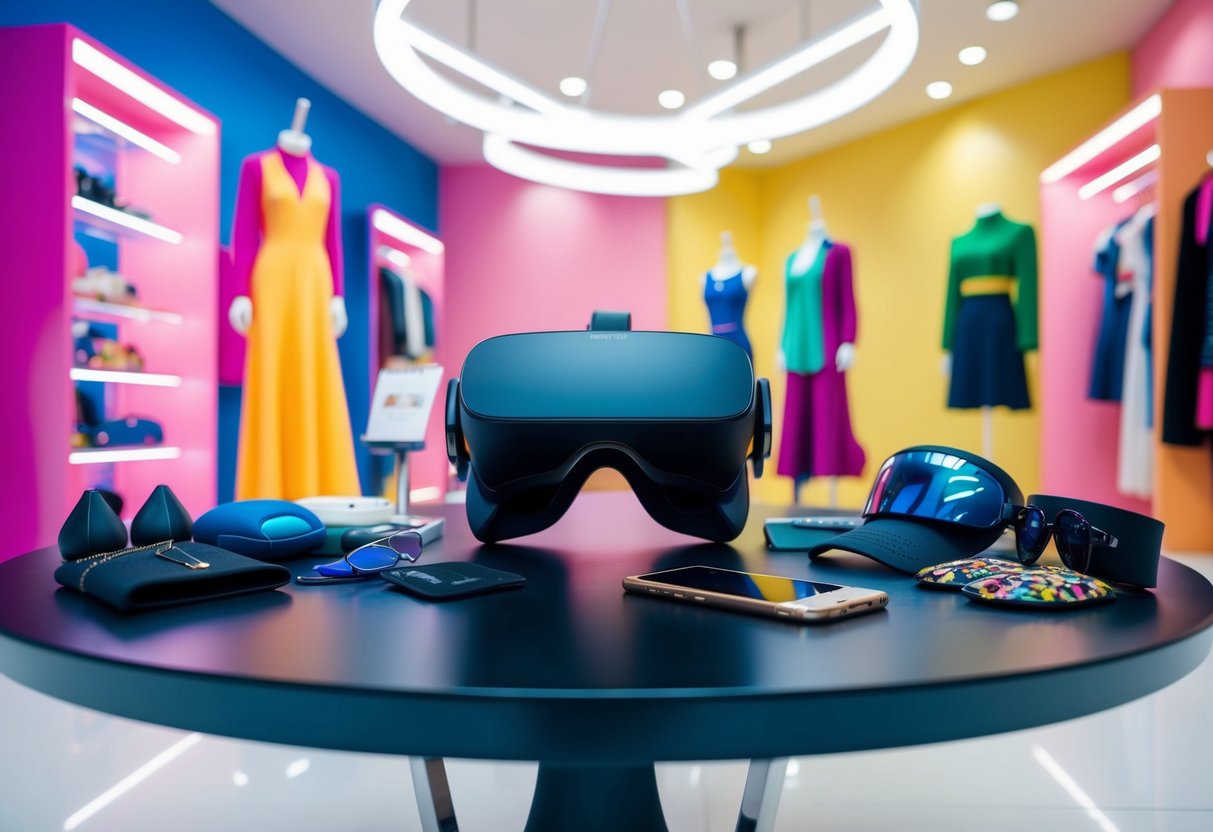Virtual Reality in Fashion: How VR is Revolutionizing Shopping Experiences
Virtual Fitting Rooms
Virtual fitting rooms allow consumers to try on clothes using their digital avatars before making a purchase. This technology uses advanced body scanning to create accurate, personalized avatars, helping shoppers visualize how clothing will fit and look on their bodies. This enhances the online shopping experience and reduces the rate of returns. By simulating a physical try-on, brands can ensure customer satisfaction and loyalty through tailored and precise offerings.
Retailers incorporating virtual fitting rooms often report boosted engagement and conversion rates. Shoppers spend more time browsing when they can try items virtually, leading to increased purchasing intent. With continuous developments in VR technology, these features are becoming more sophisticated, integrating fabric simulation and lighting variations, making the experience even more realistic.
Real-time Product Recommendations
Real-time product recommendations are another critical feature brought to the fashion e-commerce realm by virtual reality. These systems analyze customer behavior and preferences to suggest complementary products during a shopping session. VR technology facilitates this by seamlessly integrating the recommendations into the immersive shopping environment.
Such personalized shopping experiences can enhance customer satisfaction and drive sales. By providing suggestions that align closely with the shopper’s style and needs, retailers can create a more engaging and intuitive shopping process. This intelligent system helps consumers discover new products, increasing their chances of making a purchase. It represents a significant shift in how brands connect with consumers in the digital age.
Advancing Customer Engagement with VR

Virtual Reality (VR) is transforming how brands interact with customers by offering engaging, immersive experiences. It elevates shopping by making it more interactive and personalized, leading to enhanced customer engagement.
Interactivity and Virtual Try-On
VR technology enables customers to virtually try on clothes and accessories without leaving their homes. This innovative approach allows users to see how items fit and look on them in a realistic 3D environment.
Brands use advanced VR systems, often integrated with AI and machine learning, to provide precise fitting recommendations. This reduces product returns and increases customer satisfaction by offering a tailored shopping experience. As users can interact with virtual versions of products, the shopping experience becomes more dynamic and engaging.
By offering an interactive and convenient shopping method, brands improve the relationship with their customers. This interaction creates a memorable shopping journey that encourages repeat visits.
Creating Personalized Shopping Experiences
Personalized shopping is no longer a distant goal with VR. By utilizing customer data and insights from AI, retailers create tailored experiences suited to individual preferences and styles.
VR environments can adapt in real-time to show items based on a shopper’s past behavior and taste. This creates a more engaging experience by showing customers only the most relevant products.
Retailers are leveraging this technology to build stronger connections with their audience. Personalized recommendations and environments make shopping more appealing and increase the likelihood of purchase. It’s a strategy that not only enhances customer engagement but also builds brand loyalty.
The Impact of Virtual Reality on Retail Business Models
Virtual reality is reshaping the landscape of retail by enabling immersive experiences that enhance sales and provide retailers with a competitive edge. These advancements contribute significantly to the way customers interact with products and distinguish businesses in a crowded market.
Boosting Sales through Immersive Visualization
Virtual reality offers a transformative approach to showcasing products, allowing customers to visualize items in a real-world context without leaving their homes. This enhanced visualization leads to informed purchasing decisions and increases sales by providing a more engaging shopping experience. Customers can explore a virtual store, try on clothing in a virtual fitting room, or visualize furniture in their living spaces. The realistic nature of these simulations helps bridge the gap between online and in-person shopping, reducing the hesitancy associated with online purchases. By incorporating VR, retailers enhance customer confidence, encouraging more frequent and larger purchases.



